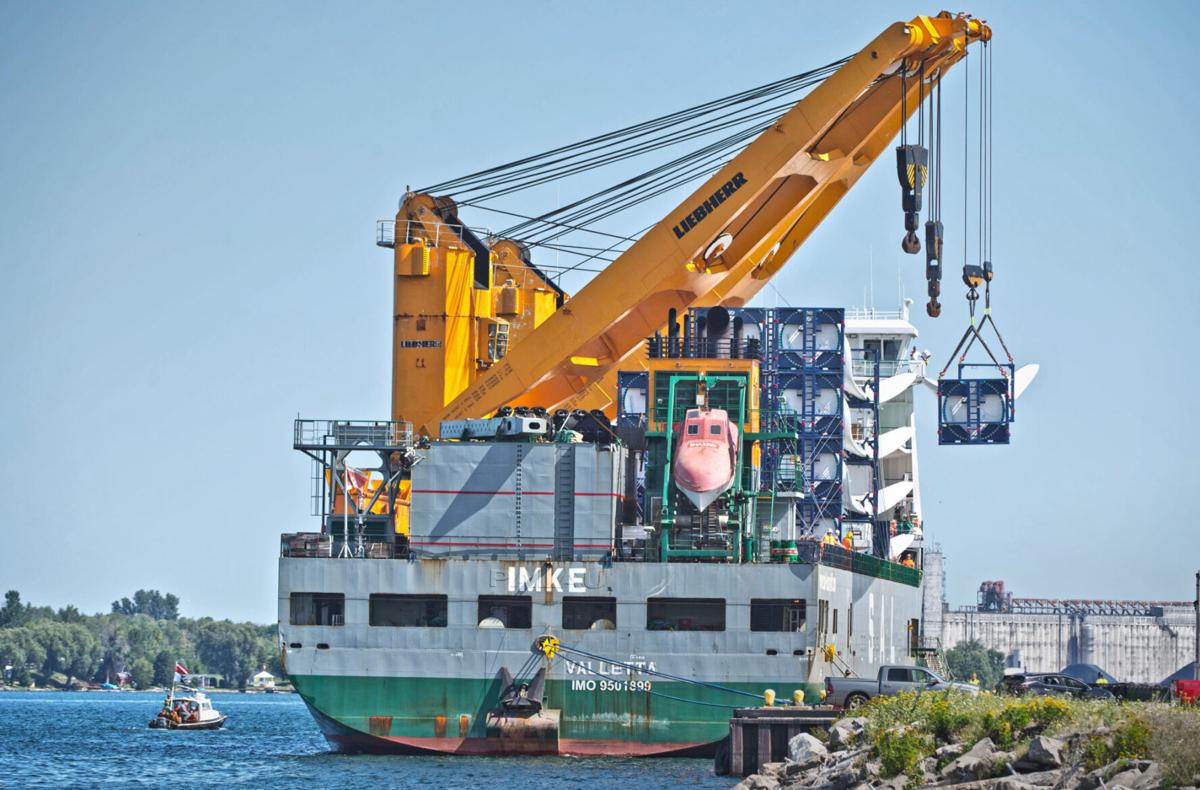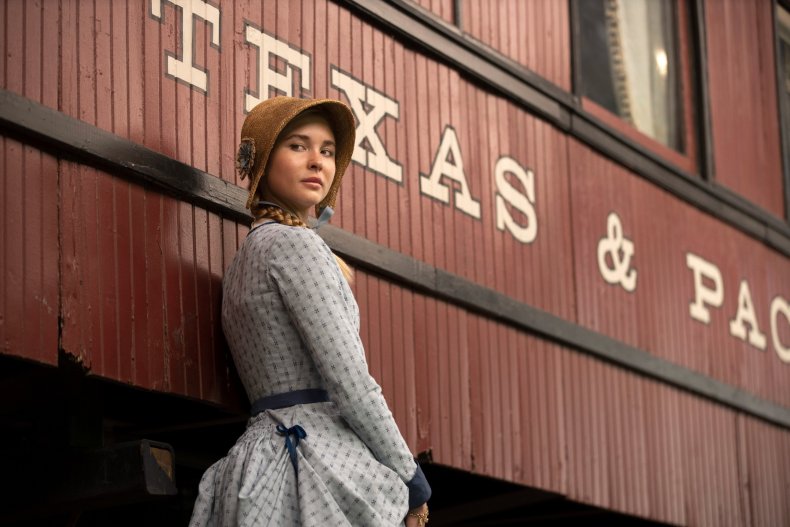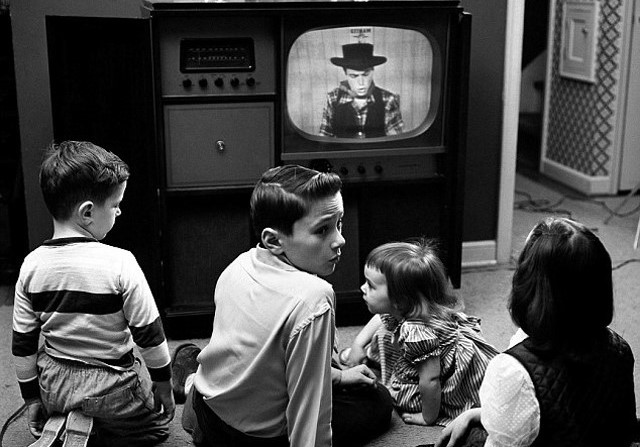
The Wall Street Journal carried an interesting and provocative article a few weeks ago on the potential implications of a new form of technology called ultra wide band (“UWB”) that is gradually being adopted by a number of devices and manufacturers. Like seemingly all new forms of technology being introduced these days, UWB is like a good news/bad news joke n steroids, with positives and negatives galore.
The technological enhancement offered by UWB is that it allows devices to precisely–within a centimeter, in fact–locate themselves in three dimensions and broadcast that information to any devices using UWB technology in the vicinity. The technology “triangulates the position of an object by measuring how long it takes radio waves to travel between devices and beacons.” The WSJ article explains that this capability would “let anyone with a late-model smartphone or Apple Watch unlock and start their cars simply by walking up to them. It could make it easy for us to control any connected light, lock, speaker or other smart-home gadget simply by pointing at it with our phone or watch. It could even, claim its architects, end passwords.”
End passwords? For those of us who hate constantly changing (and then remembering) passwords, that sounds pretty good. But there’s a catch, of course. The WSJ article poses the question thusly: “Once our gadgets are broadcasting their location at all times, how do we assure that information doesn’t fall into the hands of those who would use it to harm us?” And there’s another element to it, too. Do we really want our smartphones, equipped with UWB technology, to become the center of everything we do, serving as car keys, home keys, wallets, phones, and cameras, authorizing us us to get into our laptops and computer systems, turning on our lights and TVs, and performing virtually every function we need to survive in the modern world–particularly when they are broadcasting our position to any other UWB device?
The privacy aspect of UWB is significant. As the article notes, UWB would make it a lot easier to stalk a particular person, or to pinpoint a car that is a particularly attractive target for theft. And, given what has happened in recent years, you wonder how data about your location will be stored, who will have access to it, and how it will be used. And that’s not just a concern about the potentially nefarious uses of such precise location information by creative crooks, intrusive governments, and faceless corporations. Are we heading to a world where, when we pass a brick-and-mortar store, information about a big sale flashes on our phones, reminding us that people know precisely where we are at every given moment?
Like many other recent developments, UWB seems to offer trade-offs of convenience versus confidentiality. But if every modern device ultimately adopts it, what choice will we have?













